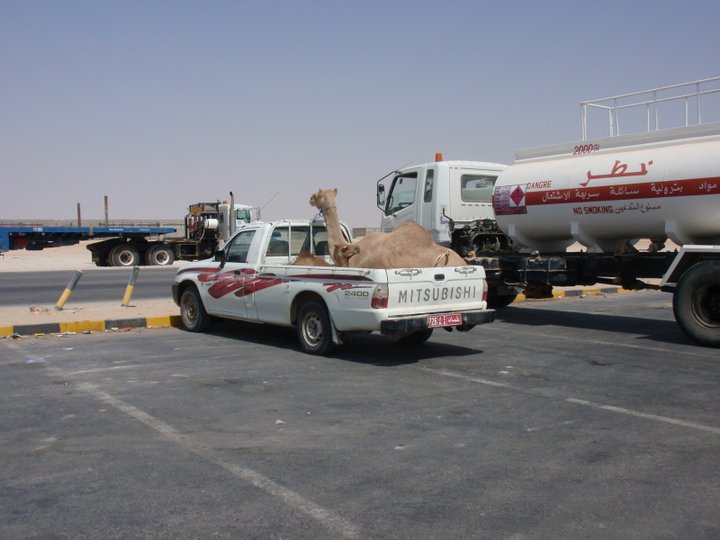Research Interests
Monitoring Induced (Micro)seismicity
I currently make use of microseismic data from Carbon Capture and Storage (CCS) and hydraulic fracturing sites to improve our understanding of the geomechanical response of the Earth to fluid injection in the shallow sub-surface. CCS, where CO2 is injected into the ground to be stored at depth, is one technology with the potential to reduce anthropogenic CO2 emissions to mitigate global warming. For the technology to be safe and effective, this CO2 must remain trapped for thousands of years. I am therefore interested in how microseismic data might be used to infer CO2 migration and help regulate the geomechanical response of a reservoir to injection.
I have recently worked on microseismic data from the In Salah CCS project and I am currently involved in processing the data recorded at the Aquistore Project.
Earthquake Location and Source Parameters
My interest in seismology began with curiosity to understand where and how earthquakes occur. I studied volcanic earthquakes to better understand the internal structure and plumbing system of volcanoes and subsequently made teleseismic studies to better assess the accuracy and precision of earthquake locations. I have also worked on understanding the scaling relationships in earthquake seismology to determine whether large and small seismic events occur by similar processes.
Travel-time Tomography
I have also conducted a Pn travel-time tomography study of the Afar region in Ethiopia, as part of the Afar Consortium. Africa is splitting apart along the East African rift and the crust in the Afar depression, in northern Ethiopia, has been stretched and thinned. The Pn tomography study was part of collaborative effort to understand the processes involved in dyke intrusions and volcanic eruptions in the region and, thus, how new oceans are formed.
